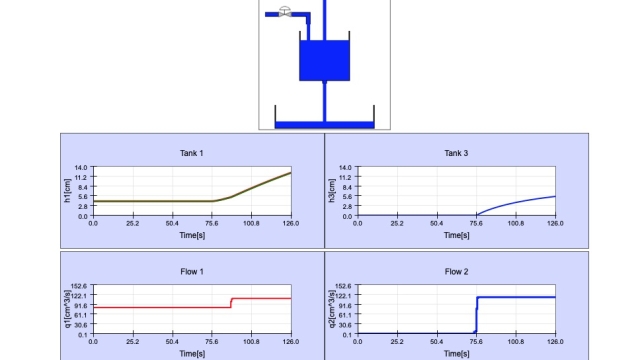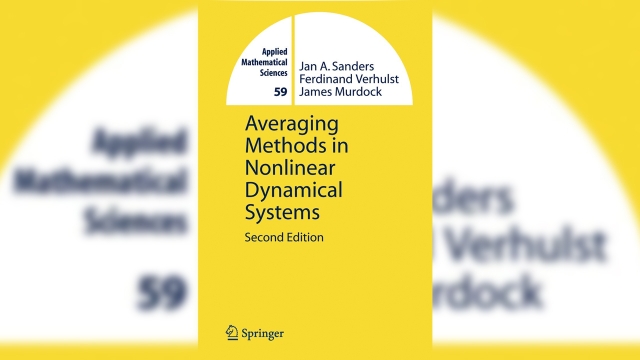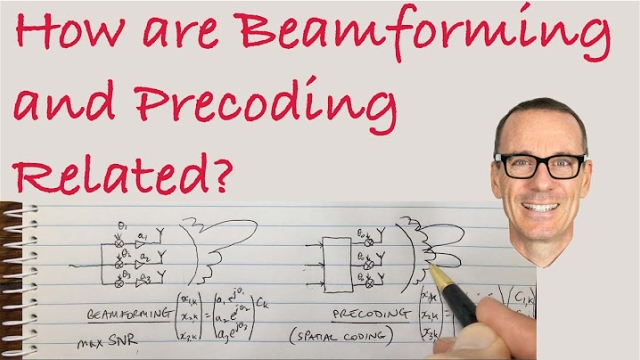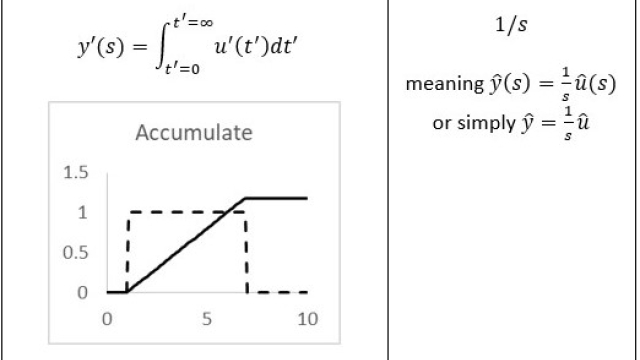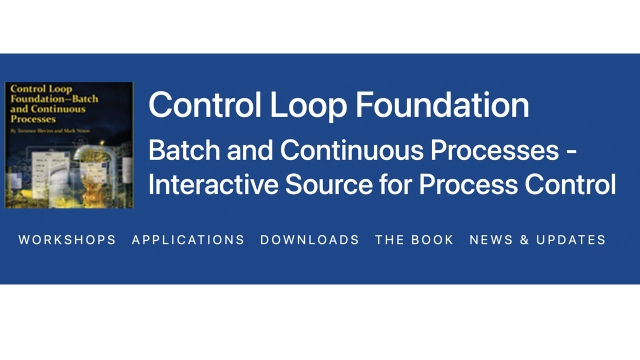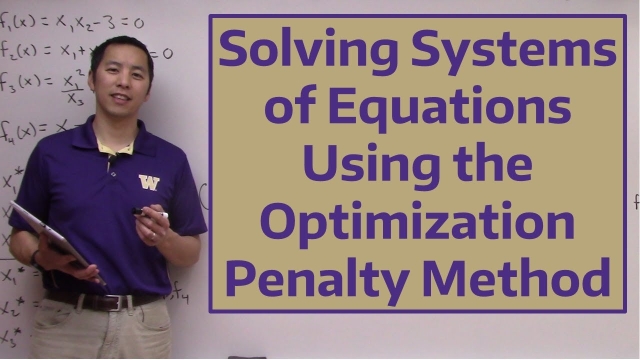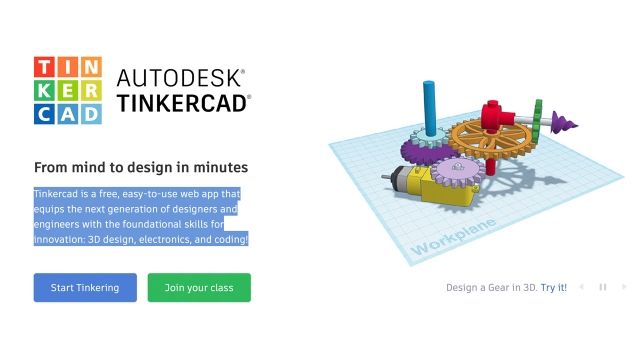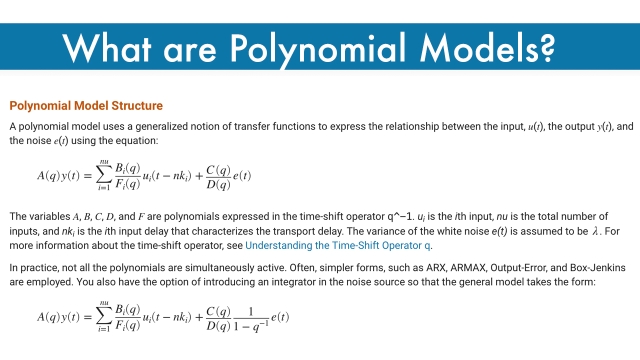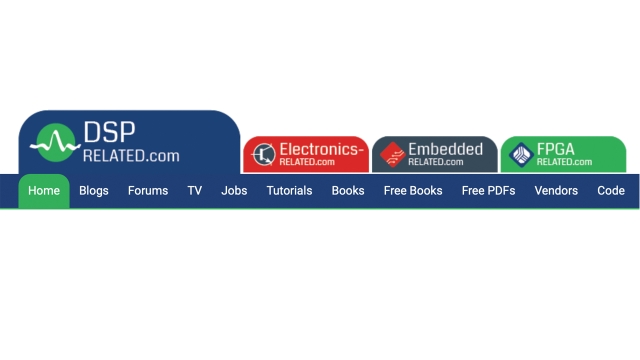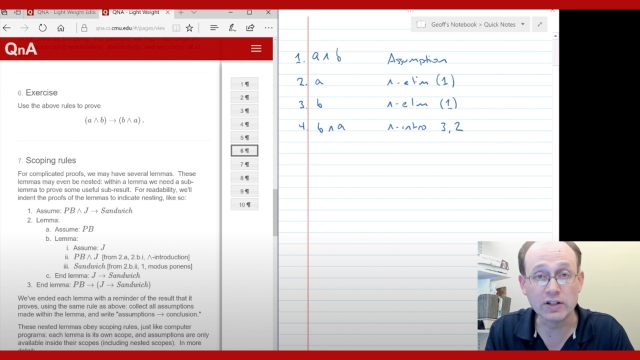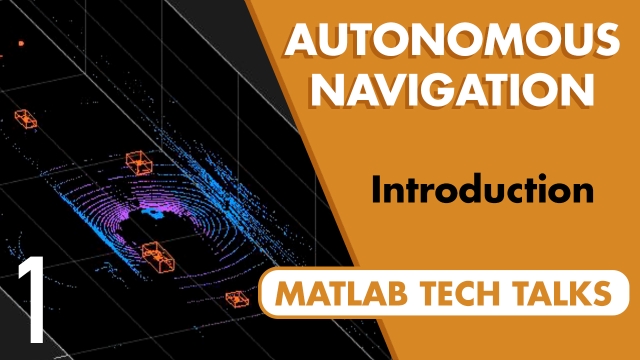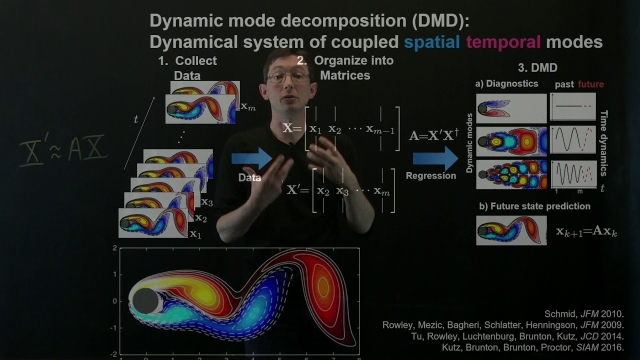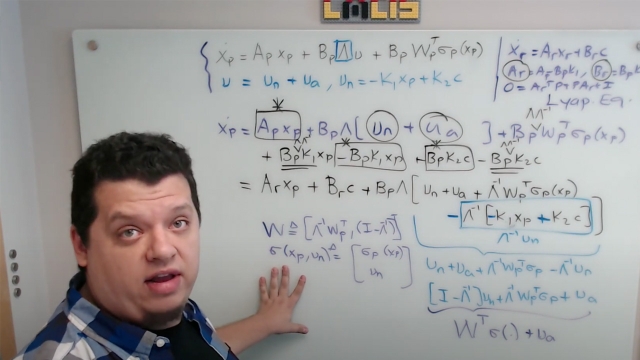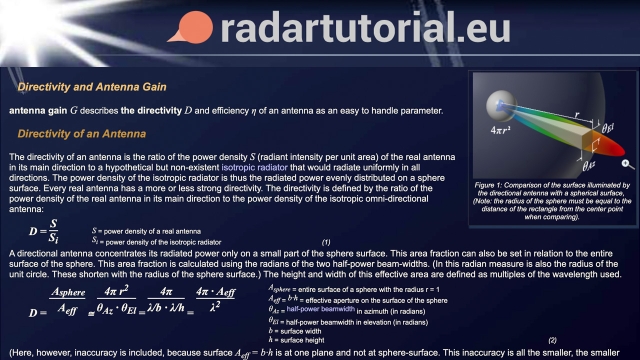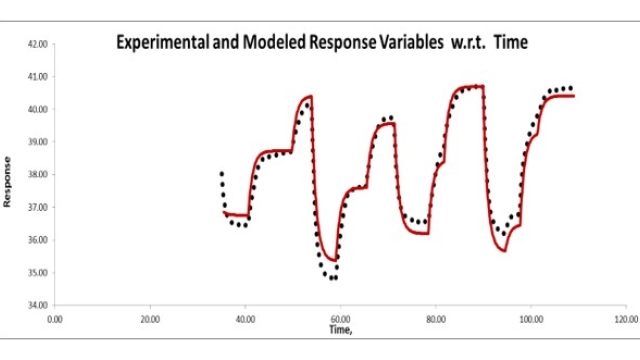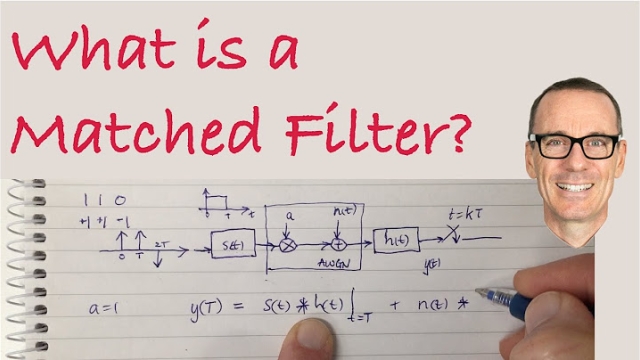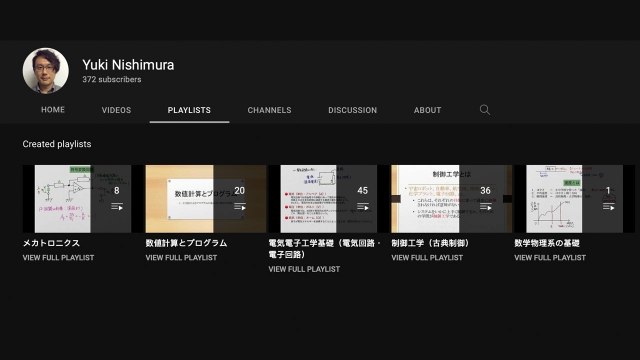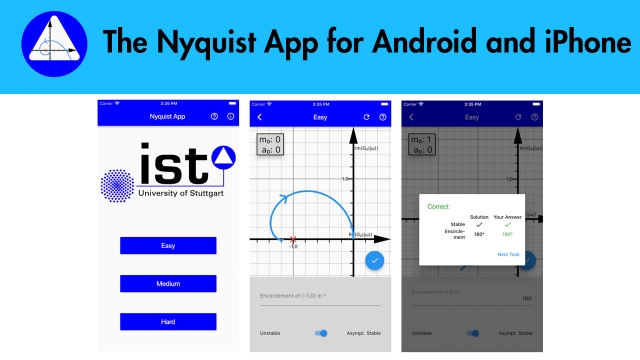
Model Identification and Adaptive Control - From Windsurfing to Telecommunic...
This book is based on a workshop entitled: "Model Identification and Adaptive Control: From Windsurfing to Telecommunications" held in Sydney, Australia, on December 16, 2000. The workshop...
See MoreVirtual Lab for a Two-tanks system
This is a virtual lab for a two-tank system that can be used for modelling and control learing/teaching purposes. Open-loop tests and closed-loop simulatons based on PI control or PI plus...
See MoreAveraging Methods in Nonlinear Dynamical Systems
Perturbation theory and in particular normal form theory has shown strong growth during the last decades. So it is not surprising that the authors have presented an extensive revision of the...
See MoreHow are Beamforming and Precoding Related?
Explains the relationship between Beamforming and Precoding in multi-antenna communication systems. Also discusses the relationship to Diversity.
See MoreNo! Not Laplace Transforms
In my 13-year industrial career, I never used Laplace transforms. However, transfer functions and block diagram notation are efficient methods to describe dynamic behaviors, and are often...
See MoreControl Loop Foundation Batch and Continuous Processes - Interactive Source ...
Control Loop Foundation contains workshops that allow the reader to get hands on experience through this web interface. Once a lab is selected, then you may access workshop directions and...
See MoreSolving Systems of Equations Using the Optimization Penalty Method
In this video we show how to solve a system of equations using numerical optimization instead of analytically solving. We show that this can be applied to e...
See MoreLinear Model Identification Basics
This is a curated list of Mathworks products, examples, and topics that cover identifying linear models, selecting suitable model structures, constructing and modifying model object...
See MoreAutodesk Tinkercad
Tinkercad is a free, easy-to-use web app that equips the next generation of designers and engineers with the foundational skills for innovation: 3D design, electronics, and coding!
See MoreWhat are Polynomial Models?
This Mathworks page provides an overview of polynomial models.
See MoreDSP Related
Website with a lot of good content for any DSP scientists, researchers, and developers.
See MoreMath Background for Machine Learning from Carnegie Melon University
This course provides a place for students to practice the necessary mathematical background for further study in machine learning — particularly for taking 10-601 and 10-701. Topics covered...
See MoreAutonomous Navigation, Part 1: What is Autonomous Navigation?
Navigation is the ability to determine your location within an environment and to be able to figure out a path that will take you to a goal. This video provides an overview of how we get a...
See MoreDynamic Mode Decomposition (Overview)
In this video, we introduce the dynamic mode decomposition (DMD), a recent technique to extract spatio-temporal coherent structures directly from high-dimensional data. DMD has been widely...
See MoreModel Reference Adaptive Control Fundamentals (Dr. Tansel Yucelen)
Forum on Robotics & Control Engineering (FoRCE, http://force.eng.usf.edu/) Seminar Series: "Model Reference Adaptive Control Fundamentals" (Dr. Tansel Yucelen)
See MoreSprint - Test Flight 8 and Data Review
This video is part of a series that details the design, build, and test of Sprint - a thrust vector controlled model rocket by Joe Barnard of BPS Space.
See MoreWind Tunnel Testing: Introduction and Data Acquisition
This is the first of our 3 part series on wind tunnel testing. In this video, we introduce the concept of wind tunnel testing as well as discuss the process for acquiring aerodynamic data in...
See MoreDirectivity and Antenna Gain - radartutorial.eu
This page describes antenna directivity and gain. The directivity of an antenna is the ratio of the power density S (radiant intensity per unit area) of the real antenna in its main...
See MoreFOPDT Models from Skyline Inputs
The classic textbook method to generate FOPDT models is the reaction curve technique, a pre-computer era technique: Start from a steady state, make a step and hold in the controller output...
See MoreWhat is a Matched Filter?
This video explains the Matched Filter from a signals perspective.
See MoreUnderstanding the Discrete Fourier Transform and the FFT
The discrete Fourier transform (DFT) transforms discrete time-domain signals into the frequency domain. The most efficient way to compute the DFT is using a fast Fourier transform (FFT)...
See MoreGain Scheduling (Pre-programmed Controller Parameter Adjustment)
Process gain and time-constants change with operating flow rate, tank levels, temperatures, etc. This often requires re-tuning of the controller coefficient values. However, once done...
See MoreIntroduction to Classic Control Theory (Japanese)
A collection of video lectures by Yuki Nishimura covering an introduction to classic control theory.
See MoreTCLab: An Inexpensive Experimental Platform for Students to Learn Feedback
The temperature control lab (TCLab) reinforces process feedback control with real data. The TCLab hardware consists of an Arduino® shield that fits onto a standard Arduino Leonardo...
See MoreAndroid and iPhone E-Learning App for Nyquist Stability Criterion
In our Nyquist App, you can analyze the stability of the closed loop by using the Nyquist stability criterion. With the Nyquist stability criterion, you can determine the stability of the...
See More

